Home>Articles>How To Store Broccoli And Cauliflower In The Fridge
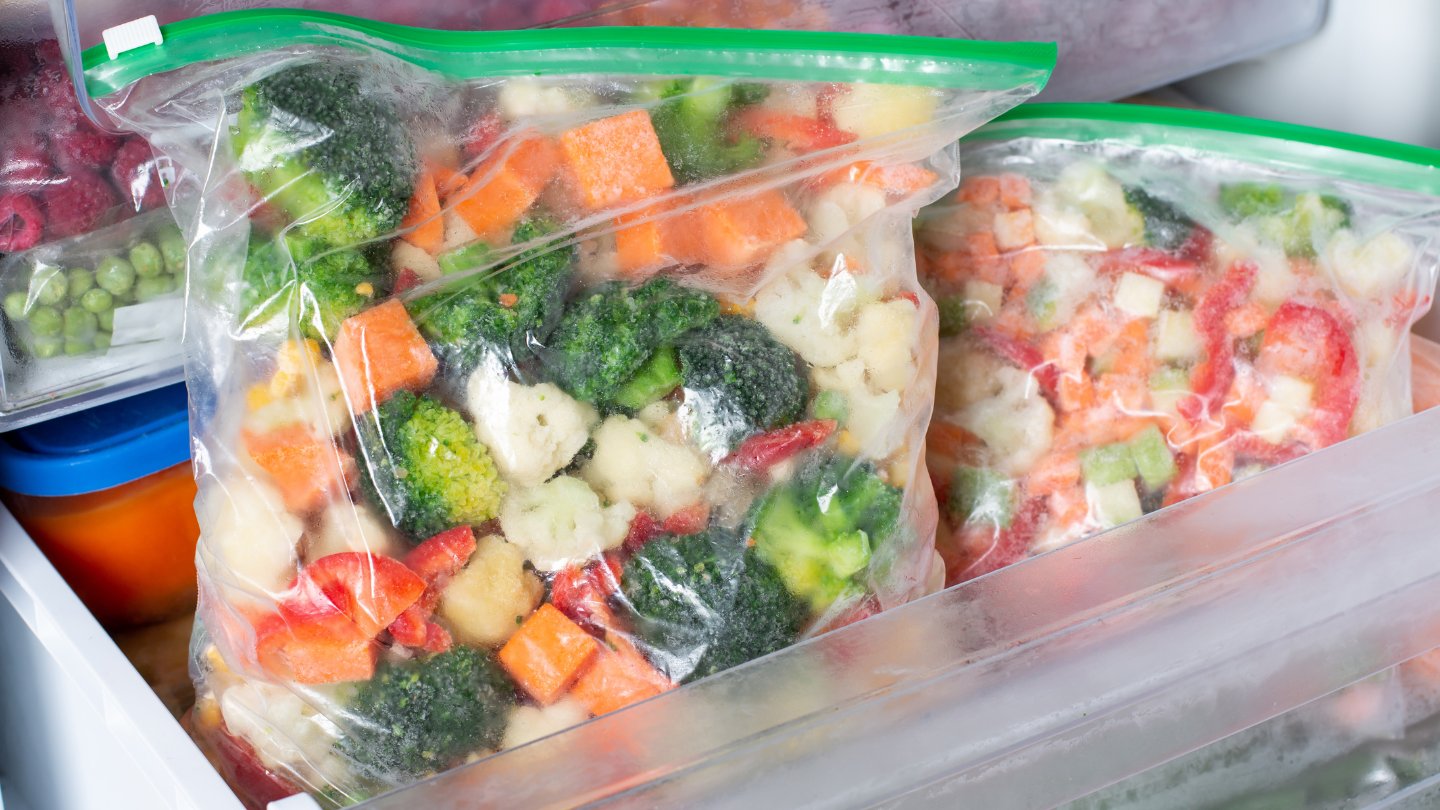

Articles
How To Store Broccoli And Cauliflower In The Fridge
Modified: May 6, 2024
Learn how to properly store broccoli and cauliflower in the fridge to keep them fresh for longer. Read our informative articles for helpful tips and tricks.
(Many of the links in this article redirect to a specific reviewed product. Your purchase of these products through affiliate links helps to generate commission for Storables.com, at no extra cost. Learn more)
Introduction
Welcome to our guide on how to store broccoli and cauliflower in the fridge. Proper storage is essential for maintaining the freshness and quality of these nutritious vegetables. Whether you’ve just harvested them from your garden or bought them from the grocery store, knowing how to store them correctly will help you enjoy their flavors and benefits for an extended period of time.
Both broccoli and cauliflower belong to the cruciferous family of vegetables, known for their high nutritional value and unique taste. These vegetables are packed with vitamins, minerals, and antioxidants that contribute to a healthy diet. However, improper storage can lead to premature spoilage and a loss of nutritional value.
In this article, we will provide you with essential tips and guidelines to ensure that your broccoli and cauliflower stay fresh and delicious for as long as possible. From selecting the freshest produce to storing them properly and even creative ways to use leftovers, we’ve got you covered.
Key Takeaways:
- Proper storage of broccoli and cauliflower is essential for maintaining their freshness, taste, and nutritional value. Follow these tips to extend their shelf life, minimize food waste, and enjoy delicious, sustainable meals.
- Don’t let leftover broccoli and cauliflower go to waste! Get creative with roasted veggies, cauliflower rice, soups, stir-fries, and omelets. Repurpose and savor these nutritious vegetables in exciting, flavorful ways.
Read more: How To Store Cauliflower And Broccoli
Importance of Proper Storage
Proper storage of broccoli and cauliflower is crucial for several reasons. Firstly, storing them correctly helps to maintain their freshness, taste, and texture. If these vegetables are not stored properly, they can become limp, wilted, or develop an unpleasant odor, making them less appealing to eat.
Secondly, storing broccoli and cauliflower correctly helps to preserve their nutritional value. These vegetables are rich in essential vitamins, such as vitamin C, vitamin K, and folate, as well as minerals like potassium and calcium. Improper storage can lead to a loss of these nutrients, reducing the health benefits that these vegetables provide.
Furthermore, proper storage can help to minimize food waste. By storing broccoli and cauliflower correctly, you can extend their shelf life and reduce the likelihood of having to discard them due to spoilage. This not only saves you money but also helps to reduce the environmental impact of food waste.
Lastly, storing these cruciferous vegetables properly allows for better meal planning and preparation. When you know how long they will stay fresh, you can plan your meals accordingly and make sure they are used before they spoil. This can help you to avoid last-minute trips to the grocery store and ensure that you always have fresh ingredients on hand.
Now that we understand the importance of proper storage, let’s move on to the next section and learn how to select the freshest broccoli and cauliflower.
Selecting Fresh Broccoli and Cauliflower
Choosing fresh broccoli and cauliflower is the first step in ensuring that they will stay fresh for a longer period of time. Here are some tips to help you select the best-quality vegetables:
- Look for firm heads: When selecting broccoli and cauliflower, choose ones with firm heads. Gently press the top of the head – it should feel dense and solid. Avoid vegetables with soft or mushy spots, as this is an indication of spoilage.
- Check the color: The color of the heads is an important indicator of freshness. Look for vibrant, deep green heads of broccoli and creamy white heads of cauliflower. The color should be uniform and free from any discoloration or yellowing.
- Inspect the leaves: For broccoli, check the leaves attached to the head. They should be fresh and crisp, with no signs of wilting or yellowing. The same applies to cauliflower – the leaves should be green and firm.
- Avoid flowers opening: If the florets of broccoli or cauliflower have started to open and separate, it is a sign that they are past their prime. Choose heads with compact, tightly closed florets for the freshest taste.
- Smell the vegetables: Give the vegetables a quick sniff. They should have a faint, fresh aroma. If they have a strong or unpleasant smell, it could be an indication of spoilage.
Remember, the fresher the vegetables, the longer they will last in the fridge. Now that you’ve chosen the best-quality broccoli and cauliflower, let’s move on to the next section and learn about the preparations required before storing them.
Preparation Before Storage
Before storing broccoli and cauliflower in the fridge, a few simple preparations can help to extend their shelf life. Follow these steps to ensure your vegetables stay fresh:
- Rinse the vegetables: Start by rinsing broccoli and cauliflower under cool running water. This step will help remove any dirt or debris that may be present on the surface. Pat them dry with a clean towel or paper towel.
- Trim the stalks: Use a sharp knife to trim the tough stalks of broccoli and cauliflower. Cut about half an inch off the bottom of the stalks to remove any dry or woody parts. This will also allow the vegetables to absorb water more effectively.
- Separate into florets: Break or cut the broccoli and cauliflower heads into smaller florets. This not only makes them easier to store but also allows for more efficient air circulation, which can help prevent moisture buildup that leads to spoilage.
- Separate leaves (for cauliflower): If you have bought cauliflower with the green leaves still attached, separate them from the head. The leaves can release moisture and speed up spoilage, so it’s best to remove them before storage.
Once you have completed these preparations, your broccoli and cauliflower are ready to be stored in the fridge. In the next section, we will discuss the best methods for storing these vegetables to maintain their freshness.
Storing Broccoli and Cauliflower in the Fridge
The refrigerator is the ideal place to store broccoli and cauliflower, as the cool temperature helps to slow down the natural process of spoilage. Here are a few methods to store these vegetables in the fridge:
- Plastic bag method: Place the trimmed and separated broccoli or cauliflower florets in a plastic bag. Seal the bag tightly, squeezing out any excess air before closing. This method helps to retain moisture and prevent the vegetables from drying out. Store the bag in the crisper drawer of your refrigerator.
- Perforated bag method: If you have access to perforated plastic bags, they can be a better option for storing broccoli and cauliflower. The tiny holes in the bag allow for better airflow, reducing the chances of moisture buildup. Place the veggies in the perforated bag and store them in the crisper drawer.
- Container storage: Another option is to store the vegetables in a container with a lid. Make sure the container is clean and dry before placing the broccoli or cauliflower inside. This method helps to protect the delicate florets from getting crushed. Add a paper towel or a piece of clean cloth at the bottom of the container to absorb any excess moisture.
Regardless of the method you choose, it’s essential to store broccoli and cauliflower in the refrigerator at a temperature between 32°F (0°C) and 40°F (4°C). Try to keep them away from the coldest part of the fridge, such as the back wall, to prevent freezing.
Now that you know how to store broccoli and cauliflower in the fridge let’s move on to the next section for some tips to help extend their shelf life.
Store broccoli and cauliflower in the fridge in a perforated plastic bag to maintain freshness. Keep them in the crisper drawer and use within 3-5 days for best quality.
Read more: How To Store Cauliflower In The Fridge
Tips for Extending Shelf Life
To maximize the shelf life of your broccoli and cauliflower and keep them fresh for as long as possible, here are some helpful tips:
- Keep them dry: Moisture can accelerate spoilage, so it’s crucial to keep the vegetables as dry as possible before storing them. Excess moisture can lead to the growth of mold or bacteria. Pat them dry before storing them in the fridge.
- Avoid overcrowding: Give your broccoli and cauliflower some breathing room in the fridge. Overcrowding can lead to the accumulation of moisture, which can speed up spoilage. Make sure there is enough space for air to circulate around the vegetables.
- Check and remove any spoiled pieces: Regularly inspect your stored broccoli and cauliflower for any signs of spoilage. If you see any moldy or discolored pieces, remove them immediately to prevent further contamination.
- Use within a week: Although stored properly, broccoli and cauliflower will gradually lose their freshness. It’s best to use them within a week for the best flavor and texture. Try to plan your meals accordingly to avoid unnecessary waste.
- Consider blanching and freezing: If you find yourself with an abundance of broccoli and cauliflower that you won’t be able to use within a week, consider blanching and freezing them. Blanching helps to preserve their color and nutritional value. Place them in boiling water for a short period, then transfer them to an ice bath to stop the cooking process. Once cooled, drain and freeze the florets in airtight containers or freezer bags.
By following these tips, you can extend the shelf life of your broccoli and cauliflower, ensuring that they stay fresh and delicious for longer. Now that you know how to maximize their freshness, let’s move on to the next section to learn how to spot signs of spoilage.
Signs of Spoilage
It’s essential to be able to identify signs of spoilage in broccoli and cauliflower to prevent consuming spoiled vegetables. Here are some common signs to look out for:
- Discoloration: One of the first signs of spoilage is a change in color. If you notice dark spots, browning, or yellowing on the florets or leaves, it’s an indication that the vegetables are no longer fresh.
- Unpleasant odor: Fresh broccoli and cauliflower should have a mild, slightly sweet aroma. If you detect a strong, sour, or unpleasant smell coming from the vegetables, it’s a clear sign of spoilage.
- Mold or slime: Any presence of mold or slimy texture is a definite sign that the broccoli or cauliflower has spoiled. Discard the vegetables if you notice any mold growth or excessive sliminess.
- Wrinkled or shriveled appearance: Fresh broccoli and cauliflower should have a firm and crisp texture. If you notice that the florets or stalks have become wrinkled or shriveled, it’s an indication that the vegetables are past their prime and should be discarded.
- Slimy or discolored stems: Check the stems of broccoli and cauliflower for any sliminess or discoloration. If the stems appear mushy, slimy, or discolored, it’s a sign of spoilage.
If you notice any of these signs, it’s best to err on the side of caution and discard the spoiled vegetables. Consuming spoiled produce can lead to foodborne illnesses and discomfort.
Now that you know how to identify signs of spoilage, let’s explore some creative ways to use leftover broccoli and cauliflower in the next section.
Creative Ways to Use Leftover Broccoli and Cauliflower
Leftover broccoli and cauliflower can be repurposed in creative and delicious ways, preventing any waste. Here are some ideas to make the most of your leftovers:
- Roasted vegetables: Toss your leftover broccoli and cauliflower florets with some olive oil, salt, and your favorite seasonings. Roast them in the oven until they are golden and tender. Roasted broccoli and cauliflower make a delightful side dish or can be added to salads or grain bowls.
- Cauliflower rice: If you have leftover cauliflower, turn it into a nutritious and low-carb alternative to rice. Simply pulse the cauliflower florets in a food processor until they resemble rice grains. Sauté the “rice” in a pan with some olive oil and season it to your liking. It can be used as a base for stir-fries, served with curries, or even as a filling for stuffed vegetables.
- Vegetable soup: Use your leftover broccoli and cauliflower as ingredients in a hearty vegetable soup. Sauté some onions, garlic, and other vegetables of your choice in a pot. Add broth, diced tomatoes, and the leftover broccoli and cauliflower. Simmer until the vegetables are tender, and season with herbs and spices to taste. Enjoy a comforting and nutritious soup.
- Stir-fry: Turn your leftovers into a flavorful stir-fry by combining them with other vegetables, protein, and your favorite sauce. Sauté the vegetables in a hot pan, add your desired protein (tofu, chicken, shrimp, etc.), and stir in a tasty sauce. Serve your stir-fry over rice or noodles for a quick and satisfying meal.
- Veggie-packed omelet: Incorporate your leftovers into a nutritious and protein-rich omelet. Chop the vegetables into small pieces and sauté them in a pan until they are heated through. Beat some eggs, pour them over the vegetables, and cook until the eggs are set. Sprinkle with cheese or herbs for extra flavor.
These are just a few ideas to spark your creativity when it comes to using leftover broccoli and cauliflower. Don’t be afraid to experiment and try new recipes with these versatile vegetables.
With these tips and ideas, you can make the most of your leftover broccoli and cauliflower, reducing food waste and enjoying delicious meals. Now, let’s wrap up this guide.
Conclusion
Properly storing broccoli and cauliflower in the fridge is crucial for maintaining their freshness, taste, and nutritional value. By following the tips and guidelines outlined in this guide, you can extend the shelf life of these vegetables and minimize food waste.
Start by selecting fresh heads of broccoli and cauliflower, ensuring they are firm, vibrant in color, and free from any signs of spoilage. Before storing, rinse the vegetables, trim the stalks, and separate them into florets.
When it comes to storing, you can use plastic bags or containers with lids. Remember to keep the vegetables dry, avoid overcrowding, and maintain a temperature between 32°F (0°C) and 40°F (4°C) in the fridge. Regularly check for signs of spoilage such as discoloration, unpleasant odor, mold, or sliminess.
To make the most of leftover broccoli and cauliflower, consider roasting them, turning cauliflower into cauliflower rice, incorporating them into soup or stir-fries, or using them in omelets. These creative uses will prevent waste and allow you to enjoy these vegetables in new and exciting ways.
By following these practices, you can enjoy fresh and flavorful broccoli and cauliflower for an extended period of time, while also contributing to a more sustainable and efficient kitchen. So go ahead, store your vegetables properly, get creative with your leftovers, and savor the goodness that these cruciferous vegetables have to offer.
Remember, proper storage is the key to maintaining the freshness and quality of your produce. Enjoy your delicious and nutritious broccoli and cauliflower!
Keeping your broccoli and cauliflower fresh is just the start. For those who love fresh produce, mastering vegetable storage is key. Dive into our detailed guide on the best ways to store all your favorite vegetables. You'll find practical advice that helps you keep everything from carrots to kale crisp and delicious. Ready to keep your veggies fresher longer? Check out our article on effective vegetable storage solutions for the upcoming year.
Frequently Asked Questions about How To Store Broccoli And Cauliflower In The Fridge
Was this page helpful?
At Storables.com, we guarantee accurate and reliable information. Our content, validated by Expert Board Contributors, is crafted following stringent Editorial Policies. We're committed to providing you with well-researched, expert-backed insights for all your informational needs.
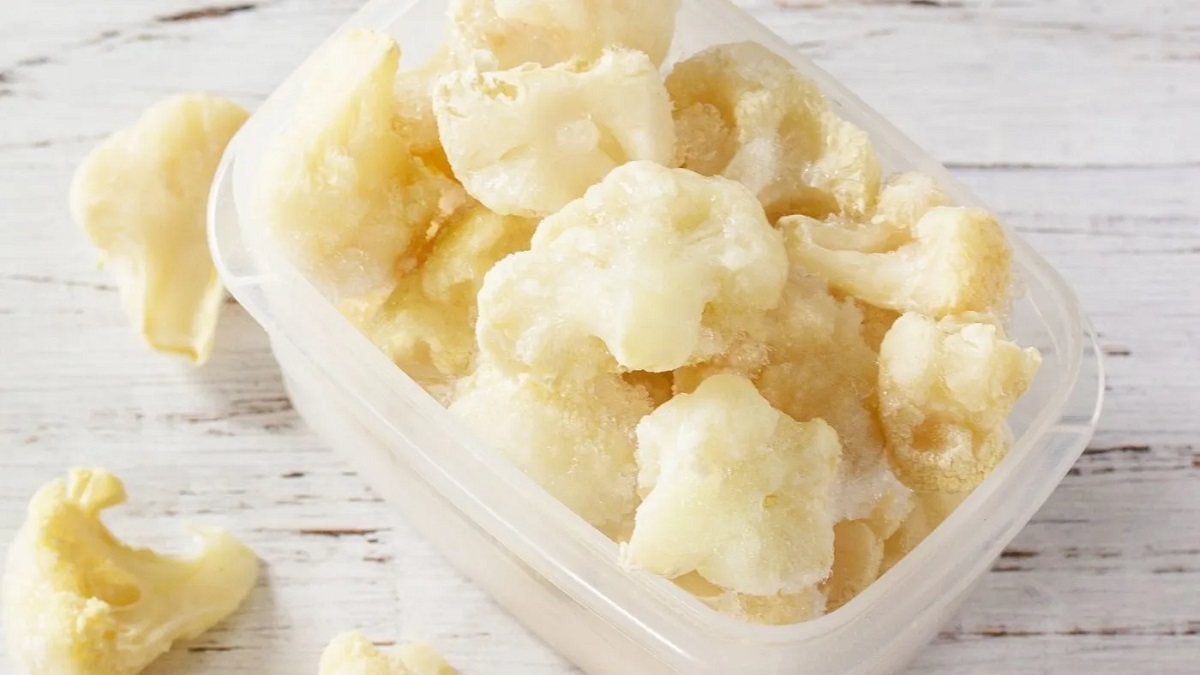
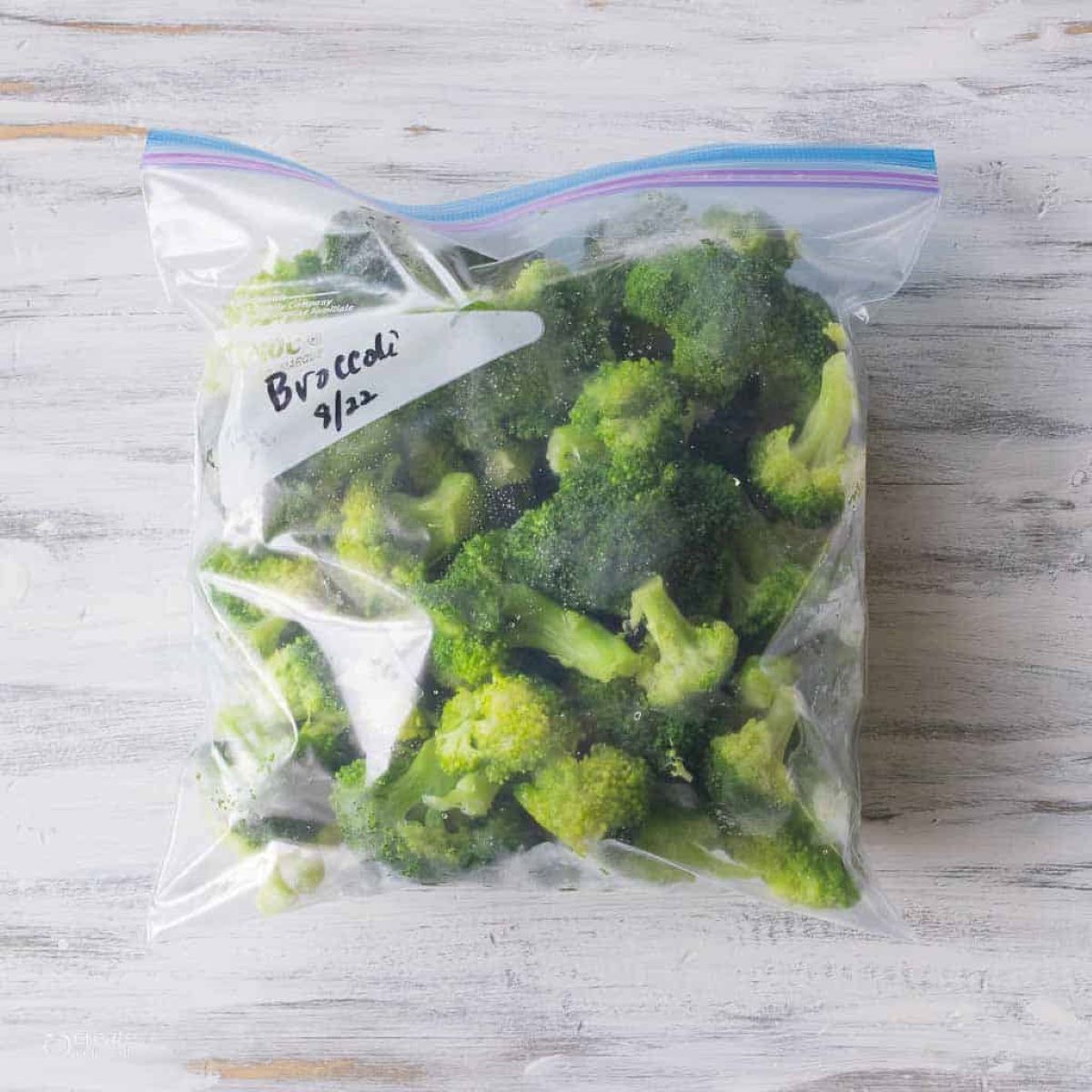
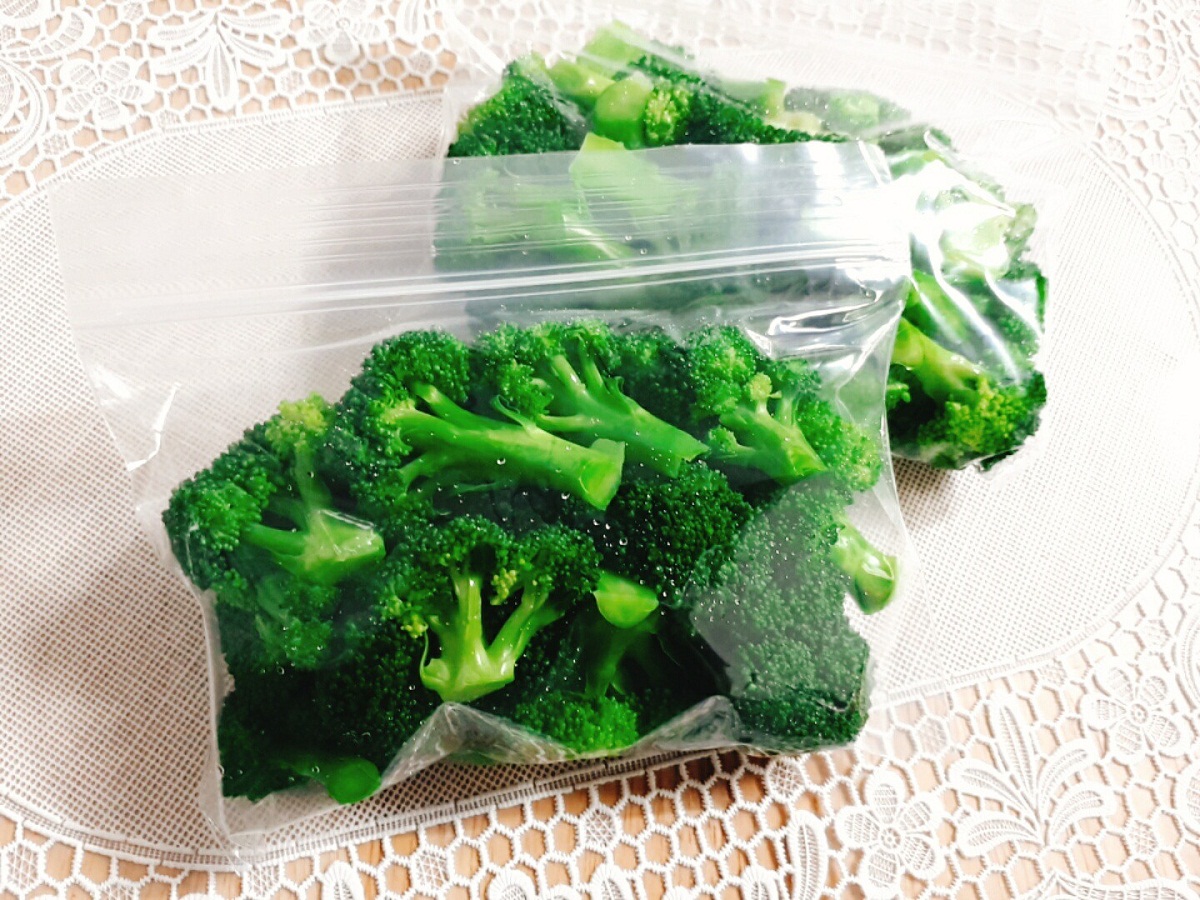
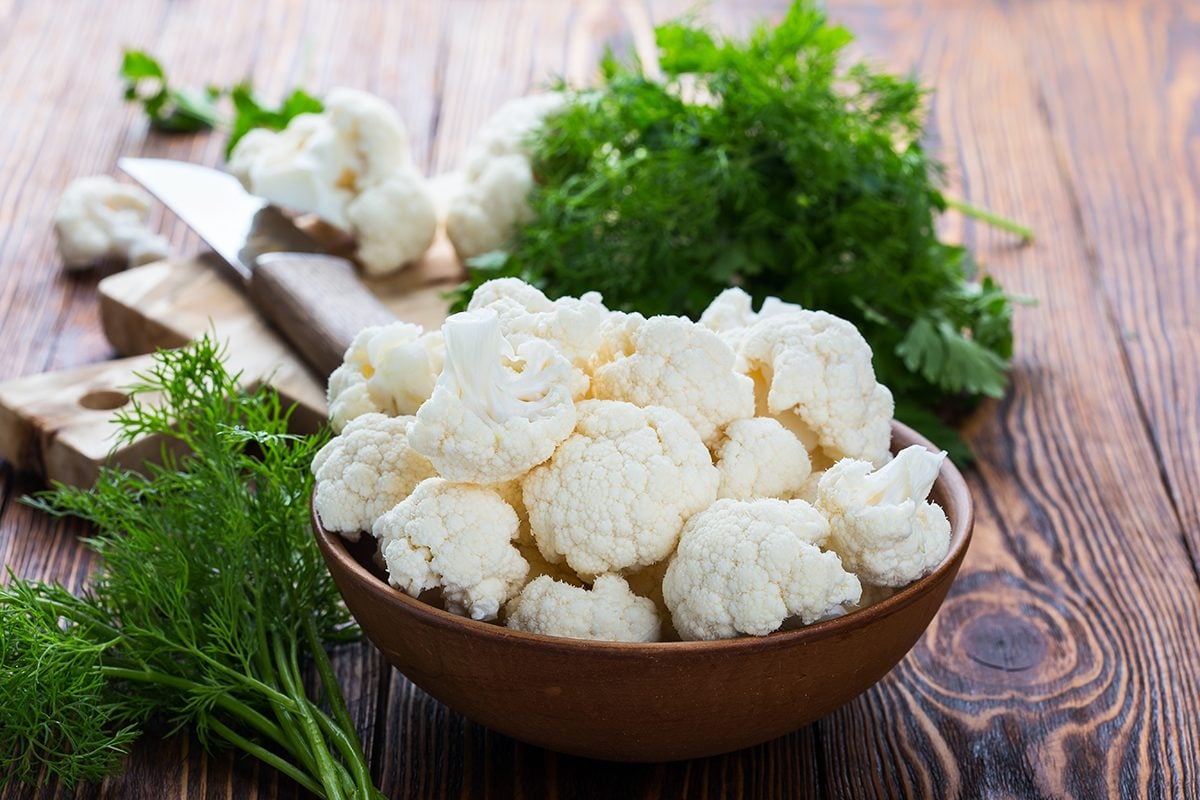
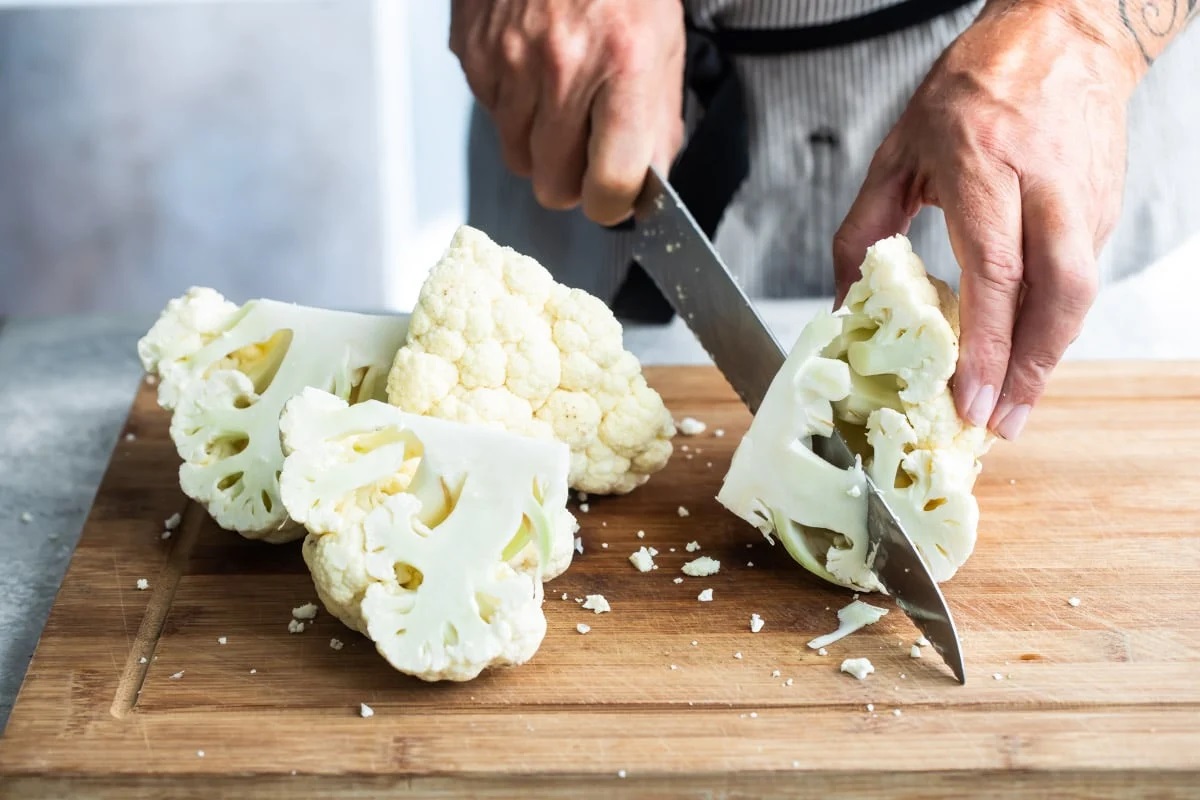
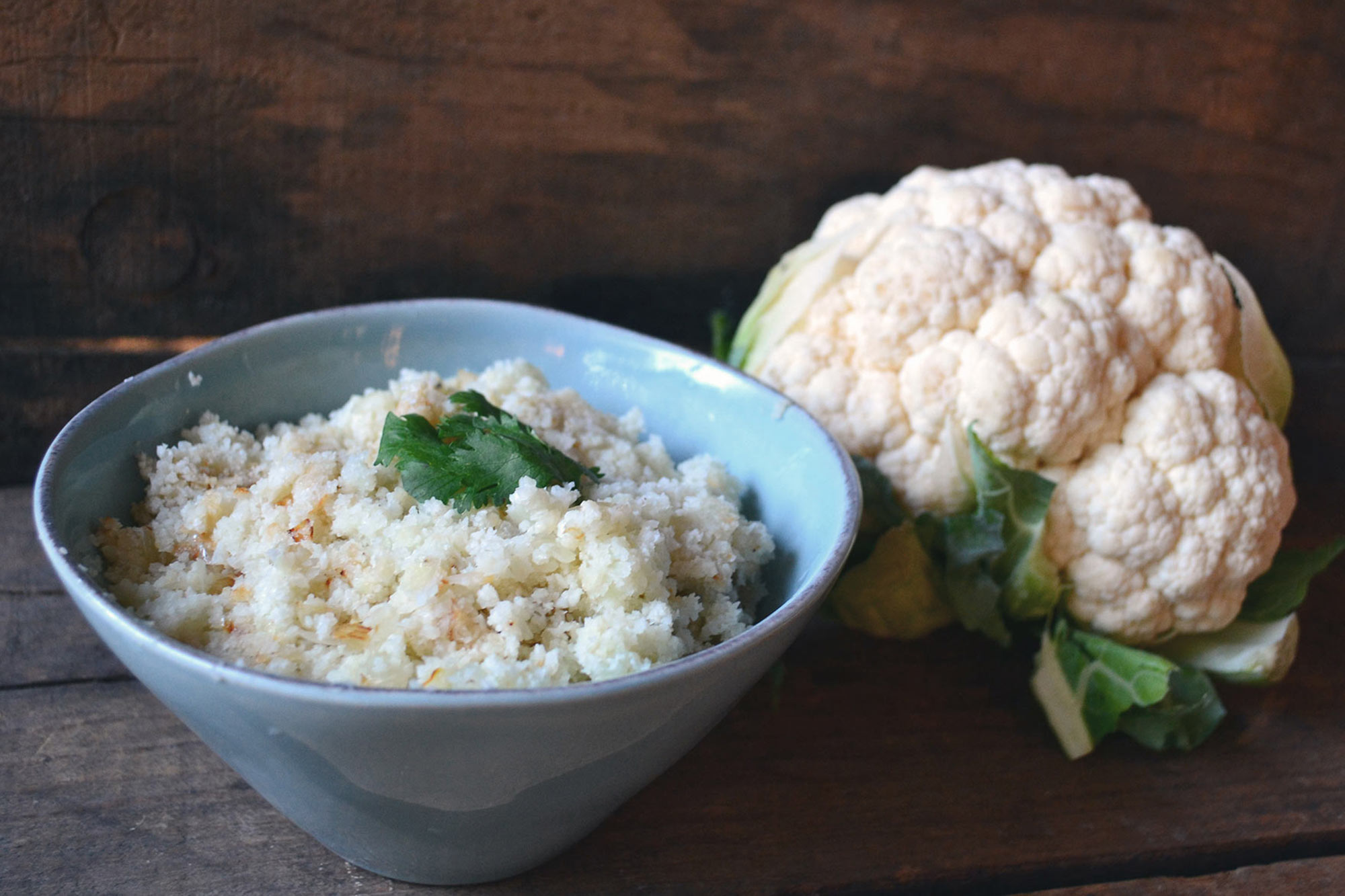
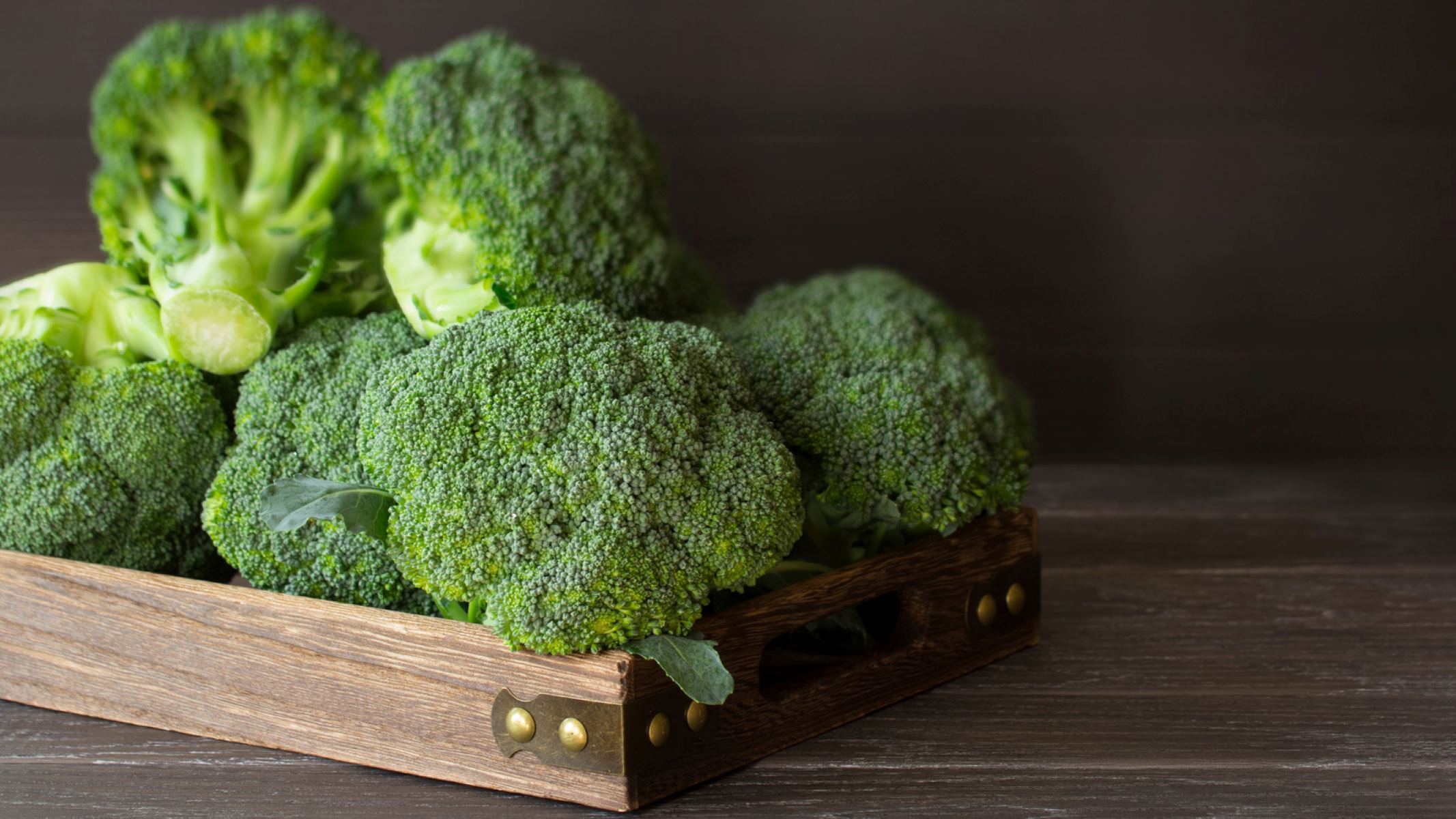
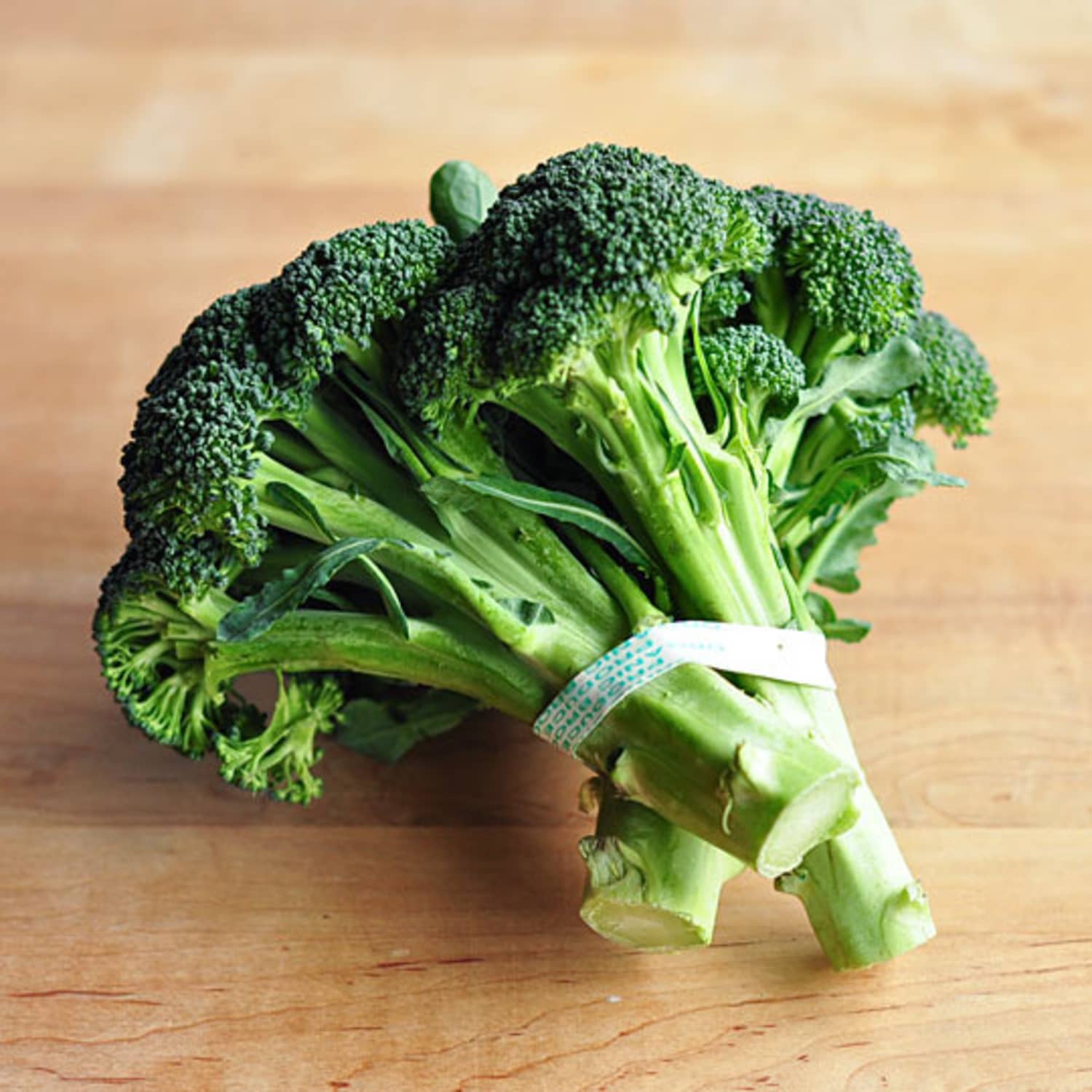
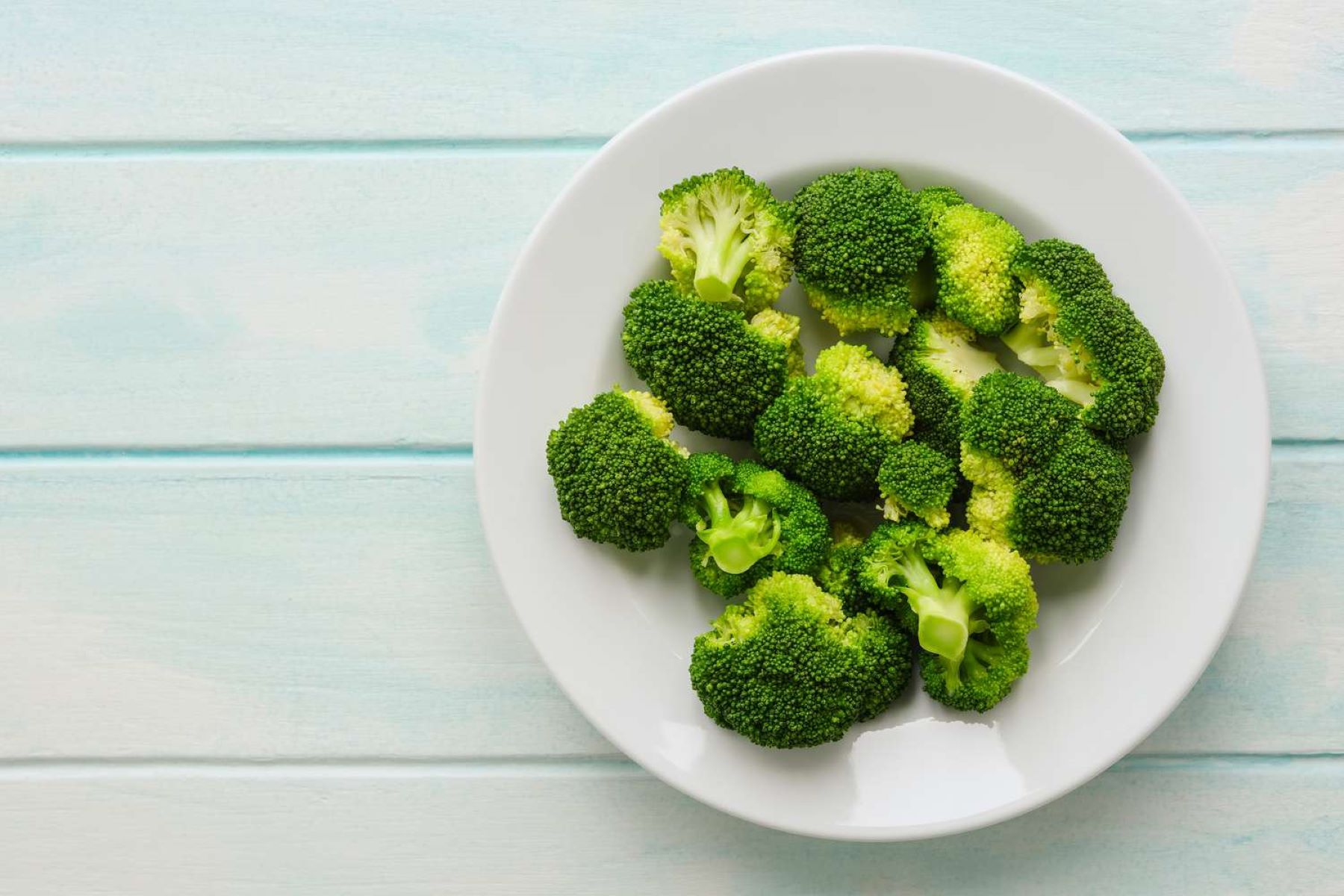
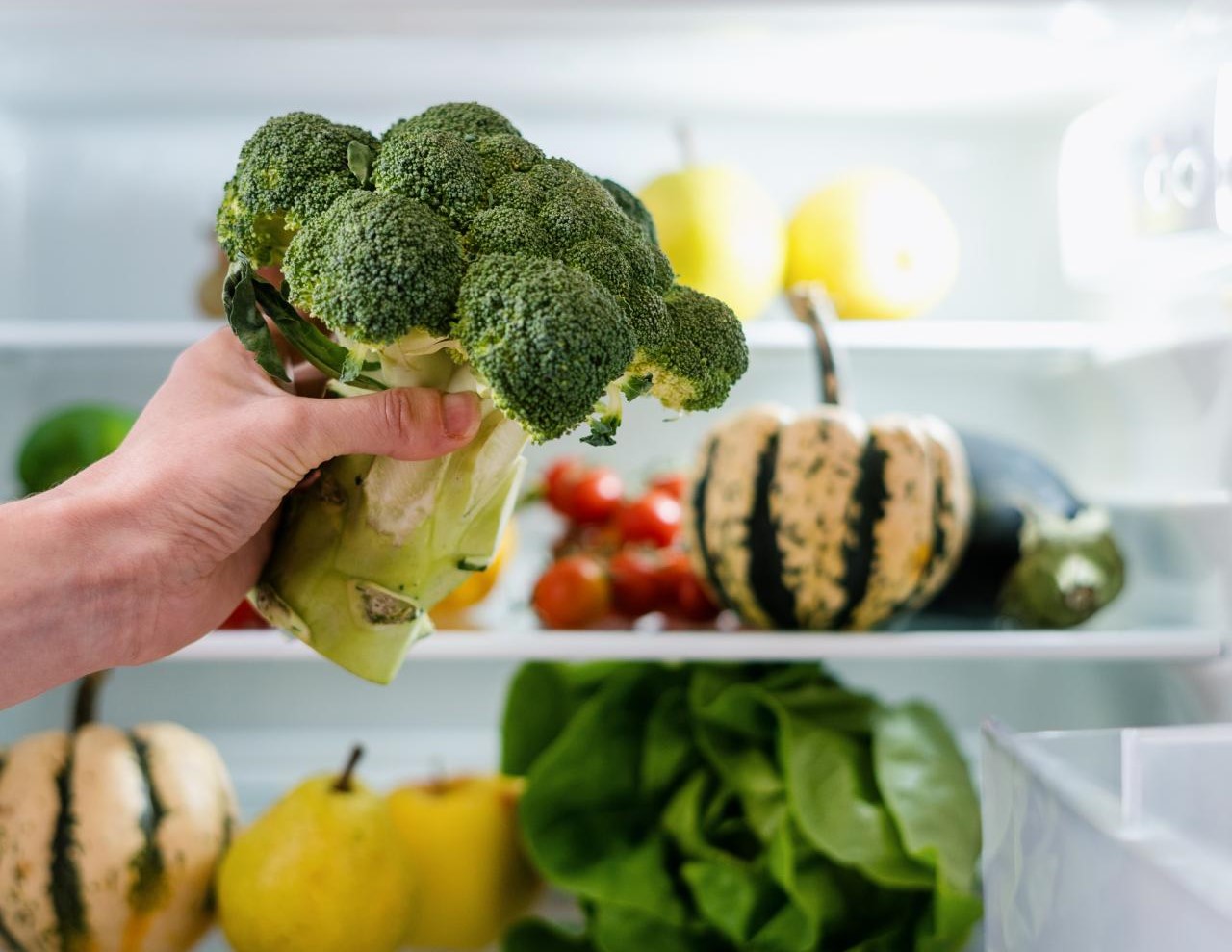
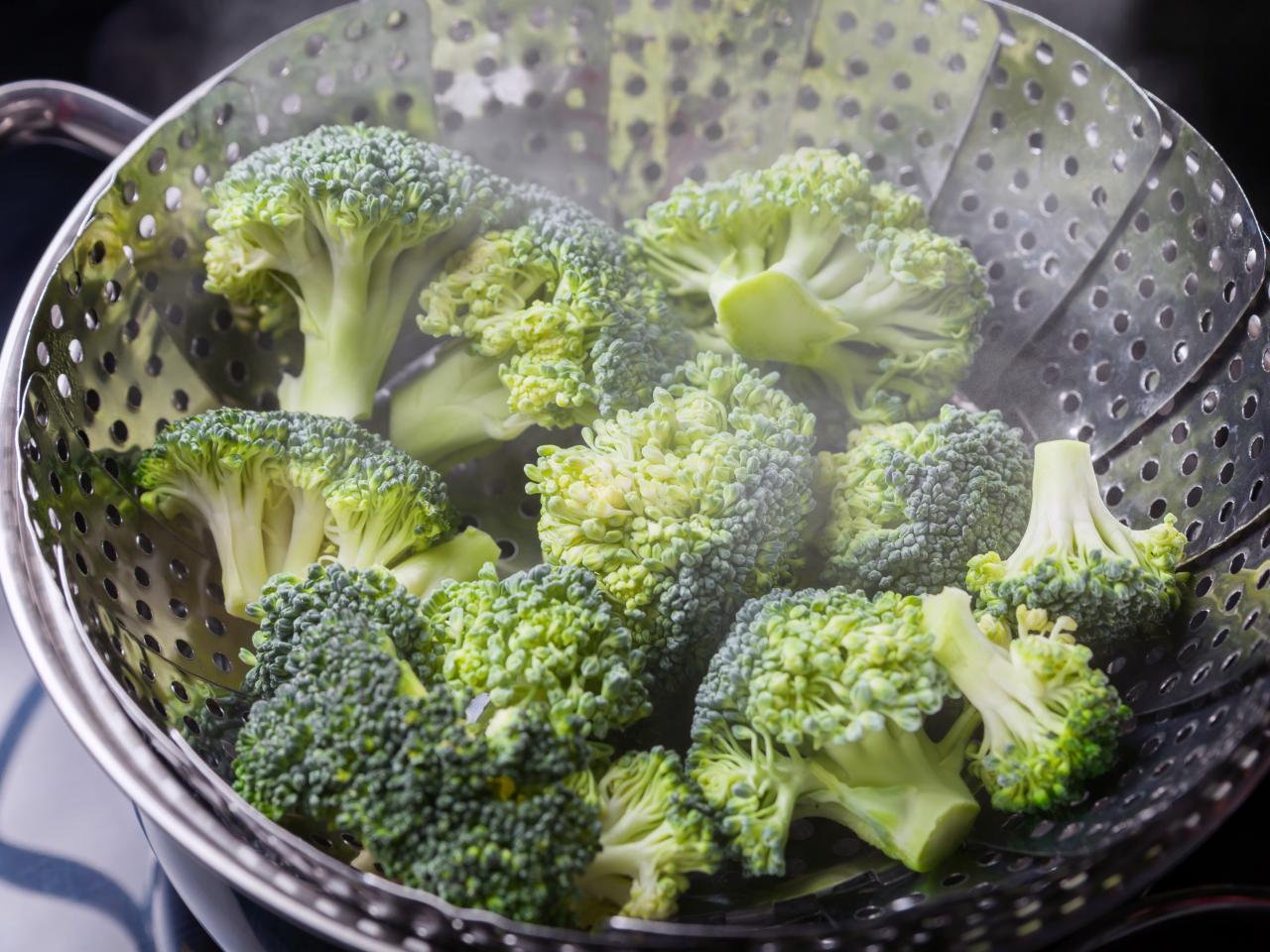
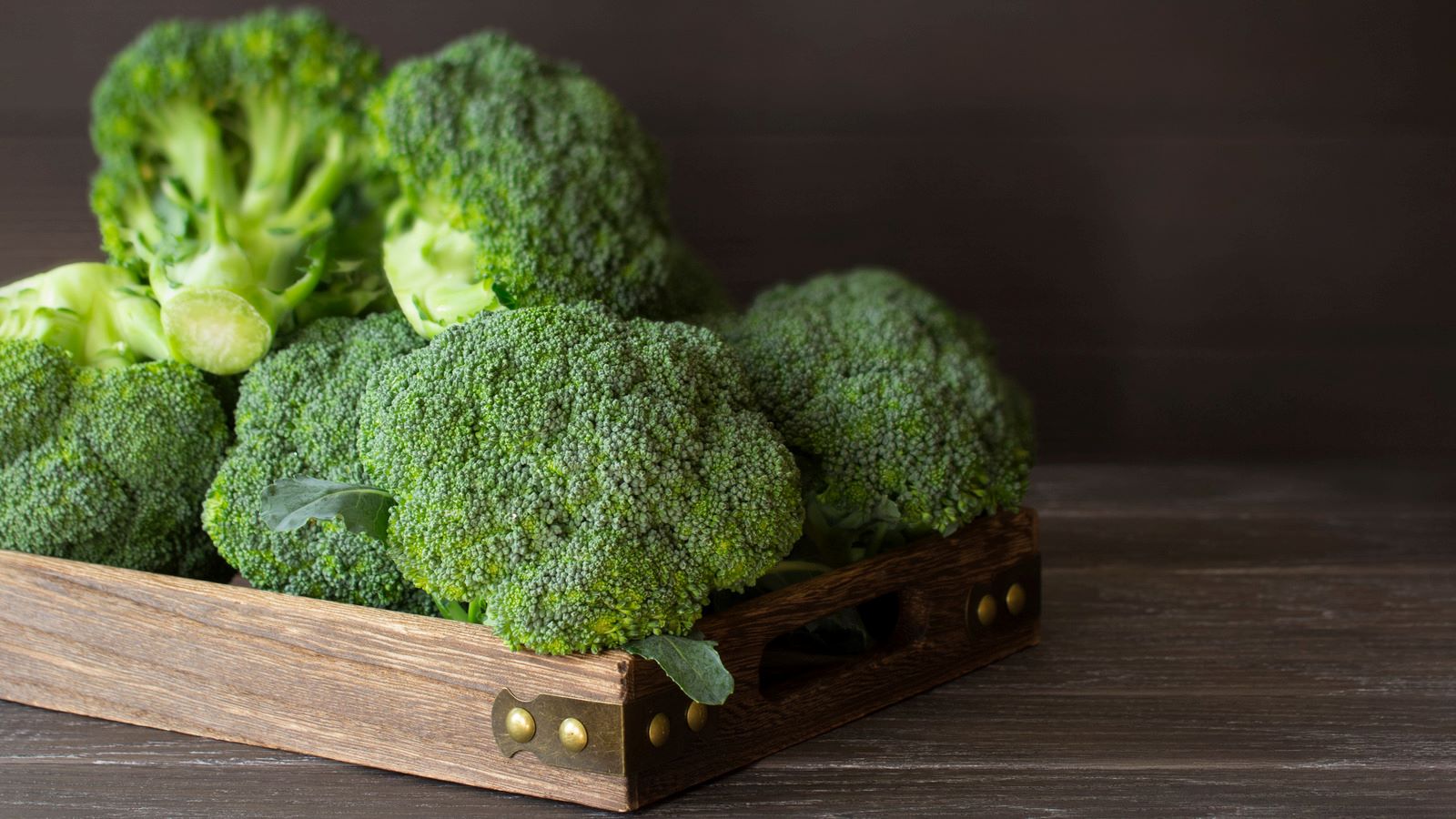
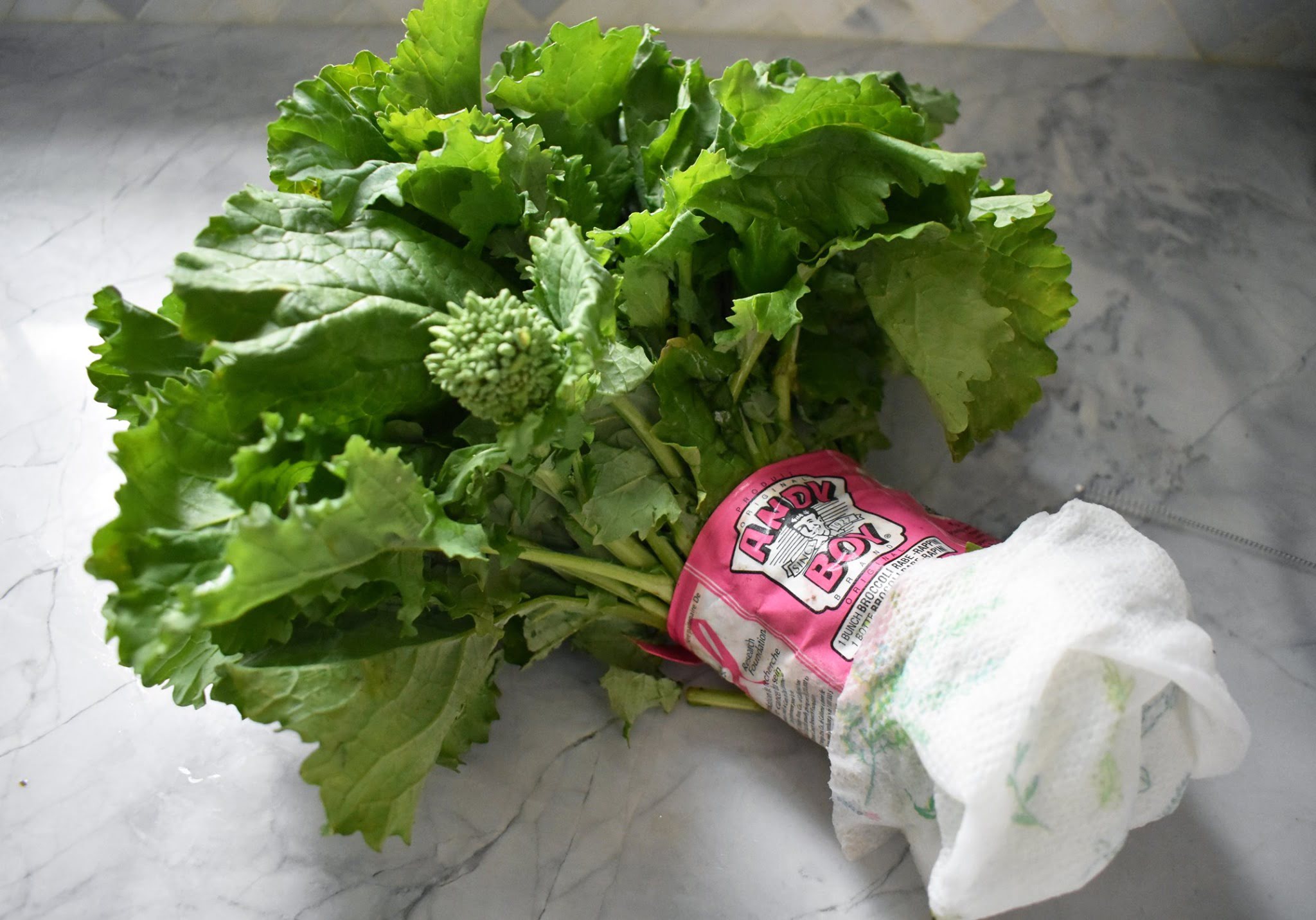
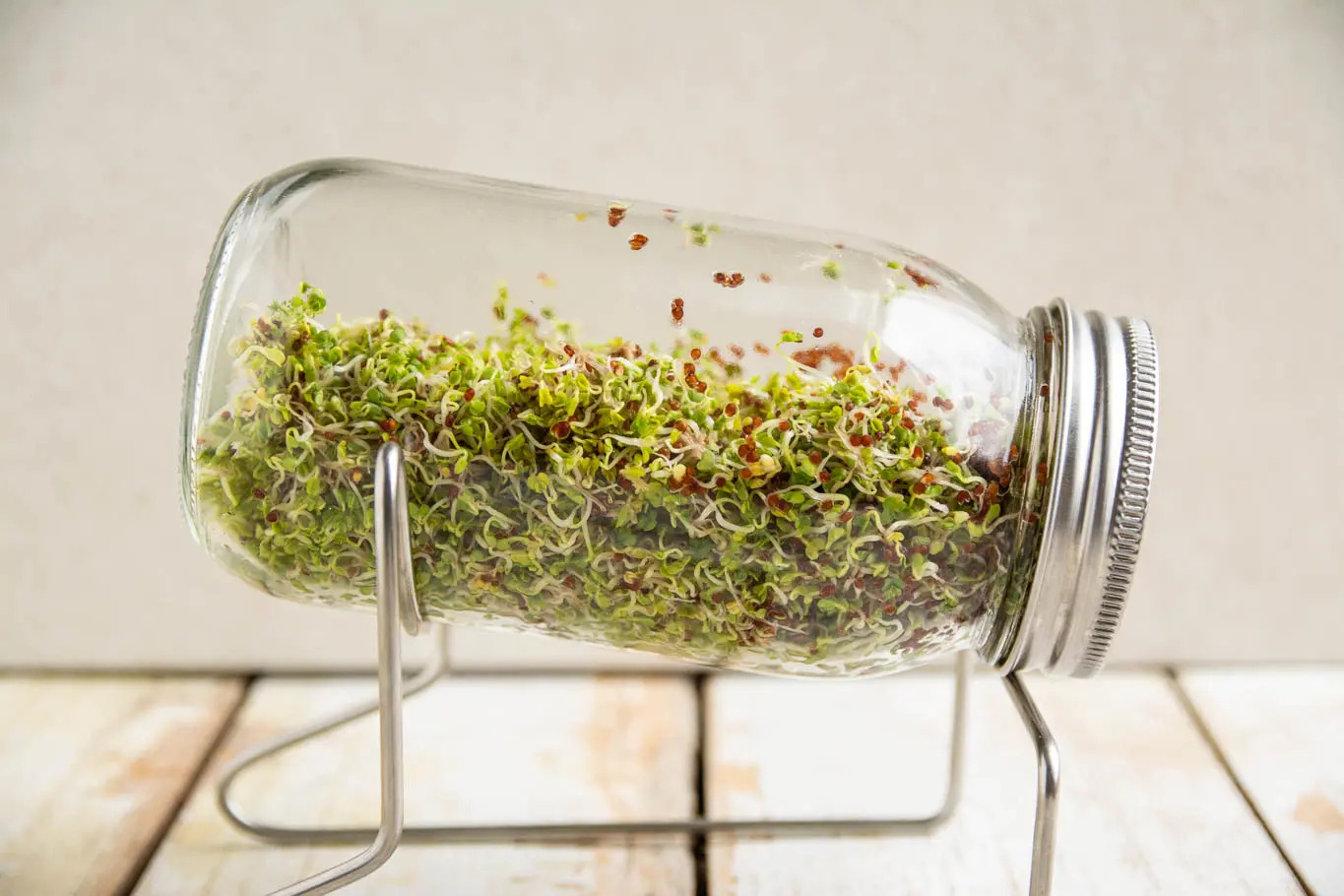

0 thoughts on “How To Store Broccoli And Cauliflower In The Fridge”